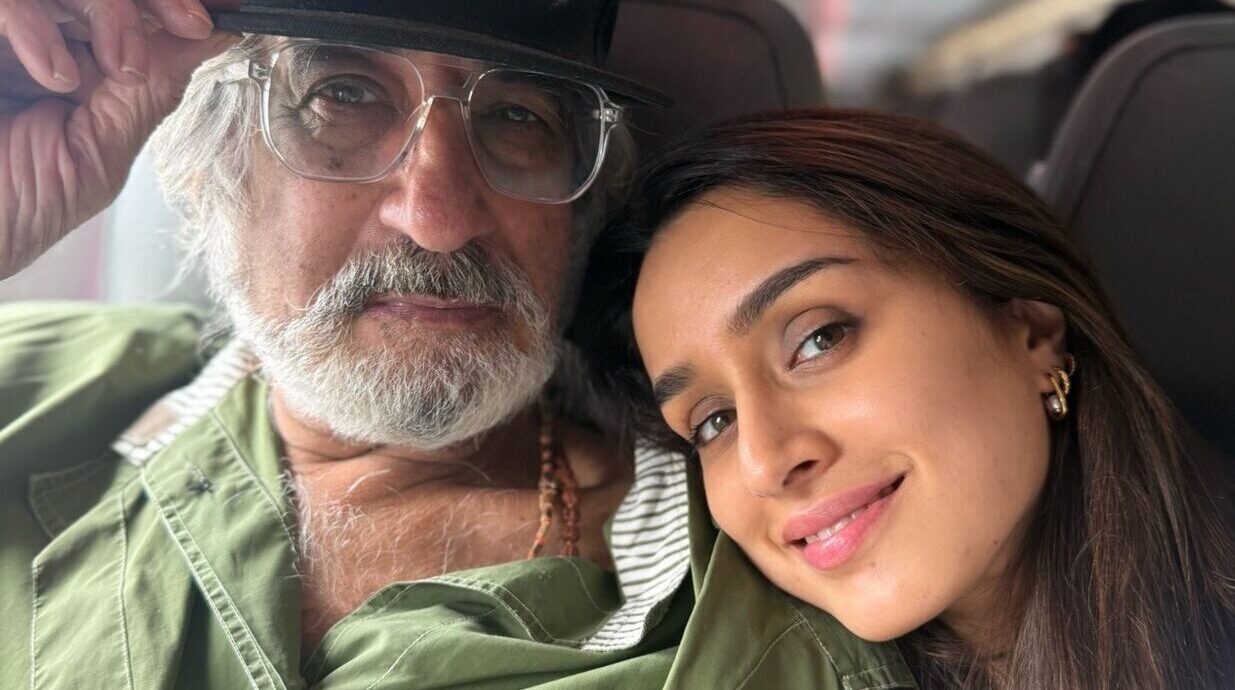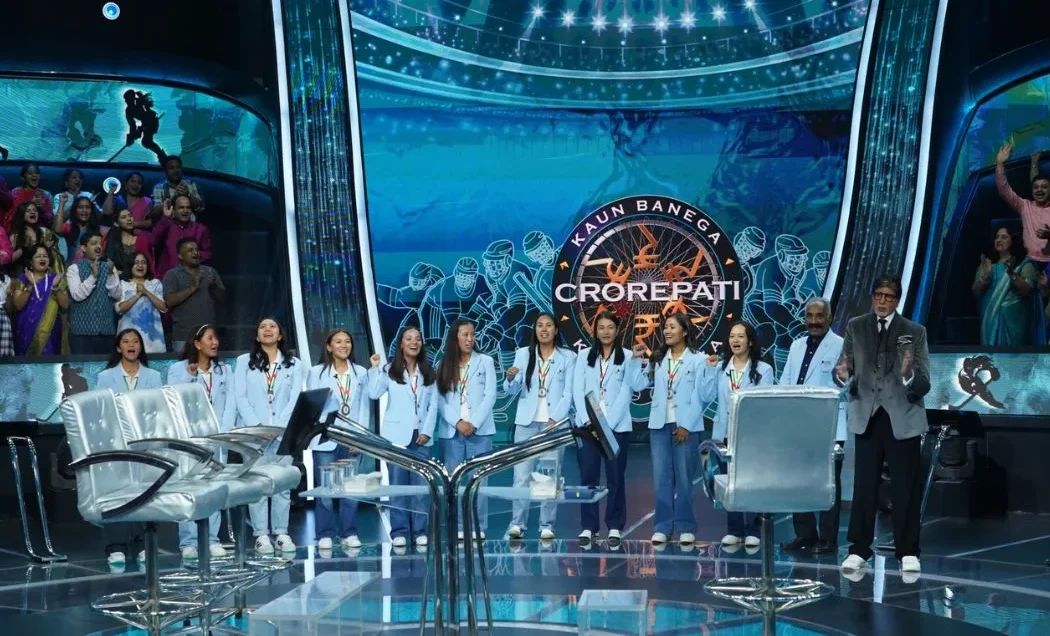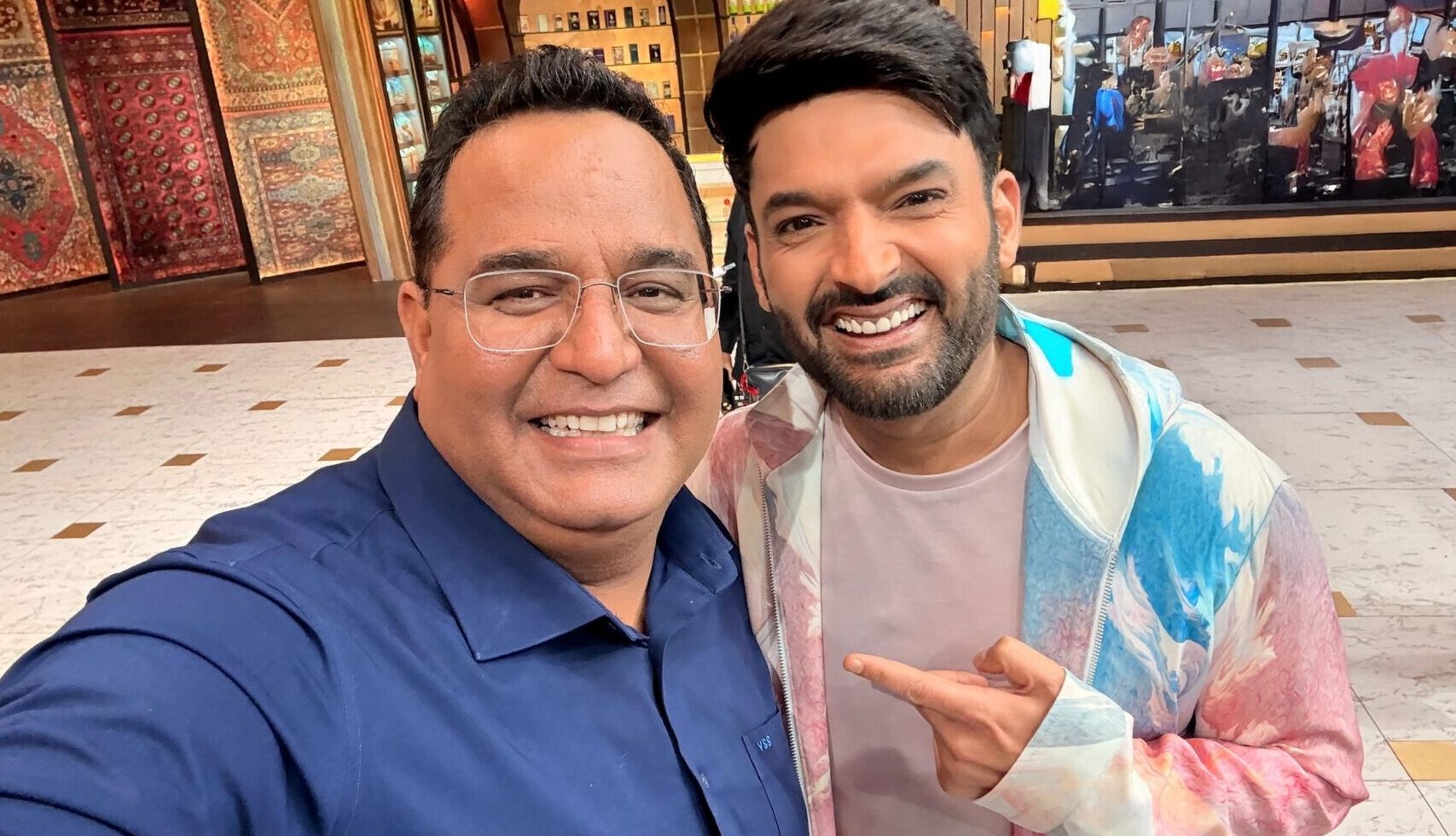Luxury’s relationship with Indian design has pivoted sharply from appropriation to partnership, argues Vimarsh Razdan, Co-founder & CEO of underneat.in, in a recent post. Where India once served as an uncredited reference pool, he says, global houses are now flying teams to Indian craft hubs, commissioning artisans, and co-creating collections with local voices.
This report synthesizes Razdan’s account and outlines what responsible cultural inspiration looks like when the world’s biggest brands engage with India.
The Shift: From Aesthetic Borrowing to Acknowledged Collaboration
Razdan characterizes the earlier era (circa 2020) as one where Indian motifs, palettes, and techniques were replicated “without credit.” By 2025, he contends, India isn’t just an influence, it’s in the narrative itself: the setting, the face, and the story.
Illustrative examples he cites
- Prada & Kolhapuri sandals: Razdan says Prada showed Milan Fashion Week sandals inspired by Kolhapuris; after backlash, the brand acknowledged the cultural lineage and sent a team to Kolhapur to engage with the craft community.
- Louis Vuitton’s “Voyage to India”: He points to a collection featuring auto-rickshaw artwork, using the image to underscore luxury’s dramatic price gulf with everyday Indian realities (his quip: you could buy multiple real rickshaws for the price of one luxury piece).
- Bvlgari x Priyanka Chopra: Razdan notes a collection inspired by Jaipur’s Johari Bazaar and its centuries-old gemstone trade, framing it as a move that entwines luxury with a specific Indian place and craft history.
- Retail and partnerships: He highlights high-visibility moves such as flagship openings (e.g., Louis Vuitton in Mumbai, Armani Beauty) and a shift from celebrity ambassadorships to creative partnerships with Indian voices.
Why the Playbook Changed, According to Razdan
- Global appetite for Indian heritage: India’s textiles, design traditions, and craft vocabularies have growing worldwide appeal. Brands seeking distinctiveness are tapping into these lineages—with credit and care, he argues.
- Demand from affluent Indian buyers: Razdan references a CNBC March 2025 piece forecasting that India’s HNI population will double by 2027. In his view, this surge, paired with a sizable diaspora, pushes brands to design with cultural specificity that resonates at home and abroad.
- Craft as brand equity and responsibility: India’s artisanal base offers rare techniques and handwork that luxury brands prize. Razdan’s core point: honoring the people, places, and histories behind those techniques is no longer optional.
What “Responsible Inspiration” Looks Like
Drawing on Razdan’s thrust, here’s a concise framework brands can use when they engage with Indian culture and craft. These principles are broadly applicable and align with widely discussed ethical-sourcing norms:
1) Start with attribution, not afterthoughts.
- Name the craft, region, and lineage up front (e.g., “Kolhapuri leatherwork from Maharashtra”).
- Credit designers, master artisans, and studios in lookbooks, tags, and digital product pages.
2) Put artisans on the cap table of value.
- Use paid co-creation agreements, not informal ‘consults.’
- Ensure fair wages and where feasible, royalty/bonus structures tied to sales.
3) Build in-country supply chains where the craft lives.
- Source and produce locally when possible; invest in capacity building (tooling, training, quality control) with craft clusters.
- Support compliance and welfare standards; independently audit them.
4) Document provenance.
- Capture the who/where/how of each piece: workshop names, materials, hours, and techniques.
- Share this openly with customers, QR-linked craft dossiers are effective.
5) Share authorship in the story.
- Feature artisans and Indian creative partners in campaign credits, events, and media, not only celebrities.
- Where collections reference specific neighborhoods or bazaars (e.g., Johari Bazaar), explain the history responsibly and accurately.
6) Respect sacred and community-guarded motifs.
- Avoid using protected, sacred, or ceremonial designs without explicit community consent.
- If consent isn’t possible, don’t proceed.
7) Commit beyond a single drop.
- Multi-season partnerships, scholarships, craft-school tie-ups, and restoration of local craft infrastructure show seriousness and create better products.
8) Price transparency meets cultural respect.
- If a piece retails at a multiple of average artisan compensation, explain the value chain candidly (materials, quality checks, logistics, brand overhead), and show how artisan pay is growing over time.
What Vimarsh Razdan’s Take Means for the Market?
Razdan’s contention is clear: the “borrow and sanitize” era is over. The commercial upside of doing this right is also implicit in his post culturally grounded collections travel better across geographies and speak to Indian buyers who demand both luxury quality and cultural fidelity.
For brands, the threshold has risen:
- Tokenism won’t fly. Post-launch outrage cycles are faster than ever; course-corrections after backlash are costly.
- Depth beats surface. Real partnerships generate better products and richer storytelling—and inoculate brands against accusations of extraction.
- India is not a monolith. Regions, languages, and craft ecologies vary widely; what’s appropriate in Kutch may not be in Lucknow or Varanasi.
Silent Inspiration To Explicit Collaboration
As framed by Vimarsh Razdan, India’s place in luxury has moved from silent inspiration to explicit collaboration. Whether this shift becomes the industry norm will depend on how consistently brands embed attribution, fair compensation, and shared authorship into their processes not just their press notes.
Source & Methodology Note
This article distills a post by Vimarsh Razdan (Co-founder & CEO, underneat.in), incorporating his examples and claims. We have not independently verified the individual case studies or market projections cited by him (e.g., the HNI growth figure attributed to a CNBC March 2025 article).
Also Read: 5 Lightbulb Strategy Kusha Kapila Used to Launch UnderNeat !
























